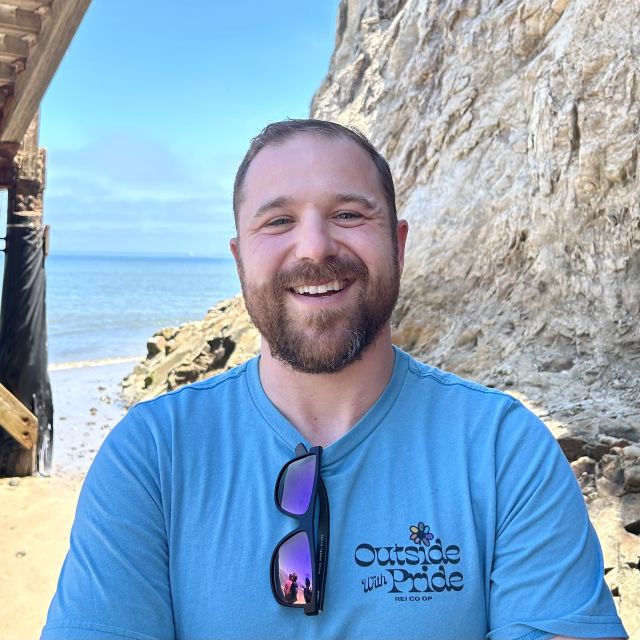
Max Wilson
Honors and Awards
- 2025 – American Federation for Aging Research (AFAR) New Investigator Award
- 2019–2021 – California Center for Nanoscience New Partnership Awardee
- 2017–2018 – National Science Foundation Innovation Corps Awardee
- 2016–2018 – New Jersey Health Foundation Innovator Award
- 2012–2015 – National Science Foundation Graduate Research Fellowship
- 2012 – American Society for Microbiology Student Travel Award
- 2008 – National Science Foundation Research Experience for Undergraduates
Biography
Dr. Max Wilson is a molecular biologist, engineer, and systems biologist pioneering the integration of artificial intelligence, robotics, and synthetic biology to accelerate discovery and transform human health. As Director of the Robotic Synthetic Biology Foundry at UC Santa Barbara, he leads efforts to automate the scientific process—using robotic platforms and AI-guided design to perform high-throughput experiments that uncover new therapeutics for aging and age-related diseases.
Dr. Wilson earned his Ph.D. in Molecular Biology from Princeton University, where he combined experimental biology with applied mathematics to model how cells allocate metabolic resources under stress. His work revealed that the spatial organization of enzymes can be used to control metabolic flux and that engineered protein assemblies can reprogram cellular behavior. He also developed one of the first imaging-based AI platforms for antibiotic discovery, integrating metabolic engineering, antibiotic discovery, and computational modeling to show how mathematical principles can guide the design of new biochemical circuits.
During his postdoctoral research at Princeton, Wilson turned to optogenetics—recognizing light as the ideal tool to manipulate cellular behavior with extreme precision. He developed the first optogenetic systems to control key signaling pathways with light, laying the foundation for a new generation of dynamic, light-based cellular engineering platforms. His lab now extends these tools to decode how cells respond to stress, revealing strategies to make them more resilient—a principle central to both antiviral defense and longevity.
Wilson joined the faculty at UC Santa Barbara to explore how cells process information and make fate decisions. Shortly after launching his lab, the COVID-19 pandemic struck, and he redirected his team’s expertise toward an urgent public health need. Wilson co-developed UCSB’s CRISPR-based diagnostic platform (CREST) and helped build the region’s testing infrastructure from scratch. This effort safeguarded the local community and laid the foundation for his lab’s ongoing work in automated diagnostics and bioengineering.
A former Division I lacrosse player, Wilson brings the discipline, teamwork, and resilience of high-level athletics to his science. In his lab, he fosters a high-performance team culture—disciplined yet creative, collaborative yet driven—where each member contributes to a shared goal of pushing the boundaries of biology. He is comfortable tackling problems of unusual difficulty, viewing them not as obstacles but as opportunities for discovery. This mindset has propelled projects from rapid COVID-19 diagnostics to the creation of UCSB’s automated Robotic Biology Foundry.
Wilson’s work bridges academia and biotechnology, theory and experiment. By developing AI-driven discovery platforms, robotic systems, and engineered cellular technologies within an academic setting, he is expanding what is experimentally possible while keeping discovery grounded in the search for therapies. His lab integrates robotic automation and data-driven modeling to uncover how complex cellular systems can be systematically engineered toward therapeutic ends.
The Wilson Lab is guided by the belief that biology is entering an era where precision experimentation and machine learning converge to reveal the design principles of living systems. The lab aims to harness these principles to build tools and therapeutics that restore resilience in aging cells—work that bridges fundamental biology and translation. By coupling discovery with implementation and mentoring others to do the same, Wilson is helping shape a model of science that advances not only knowledge but also the capacity to act on it.